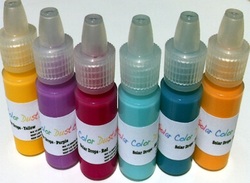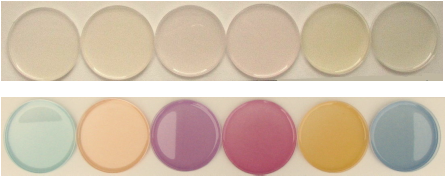
When I started this website I realized that I would be doing a great deal of research and as a result, I am constantly looking for good free sources of information that both I and the readers could trust. I have posted some of these sources before, but I found a really great open source location for peer reviewed journal articles with no strings. How about a free portal to almost 10,000 journal articles and nearly 1 million article level entries? And, the range of subject includes the following areas: (From the site).
Agriculture and Food Sciences
Arts and Architecture
Biology and Life Sciences
Business and Economics
Chemistry
Earth and Environmental Sciences
General Works
Health Sciences
History and Archaeology
Languages and Literatures
Law and Political Science
Mathematics and Statistics
Naval Science
Philosophy and Religion
Physics and Astronomy
Science General
Social Sciences
Technology and Engineering
The website is the Directory of Open Access Journals, DOAJ and is a treasure trove of good information. It is the kind of source that deserves support and although it is free, I plan to support it as I am able. Please take a look here, and spend some time in this virtual library. Happy reading!




 RSS Feed
RSS Feed
